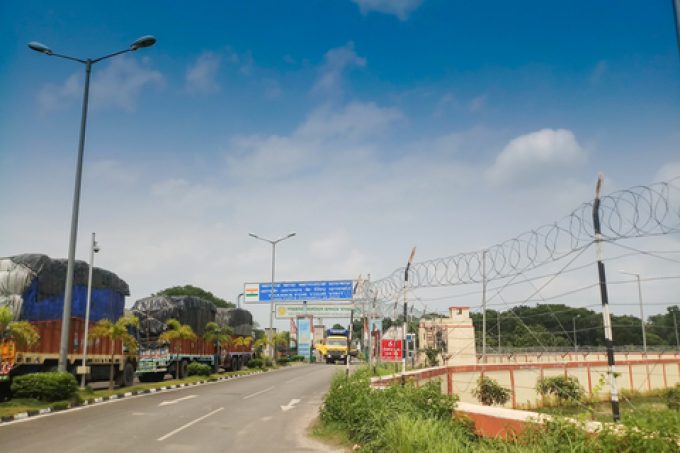Dhaka Airport scanner breaks again, halting vegetable exports
Exporting vegetables and other cargo from Bangladesh to the UK has been suspended for the ...

Bangladeshi importers are waiting around 11 days for their cargo to be released after arrival at the country’s seaports and a week at airports, according to the Time Release Study 2022, by the Bangladesh Customs Authority.
The report adds that the release of containers at inland ...

Comment on this article